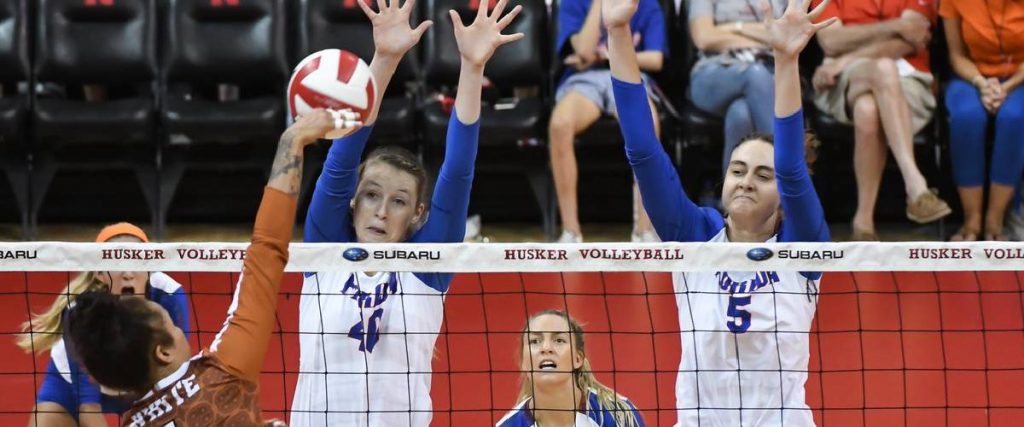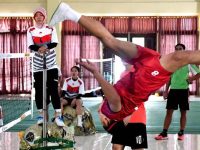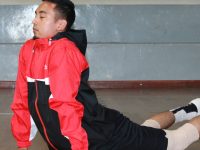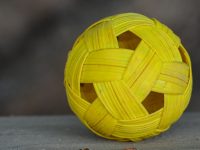3 Very Interesting Google Patents in Kick-Volleyball
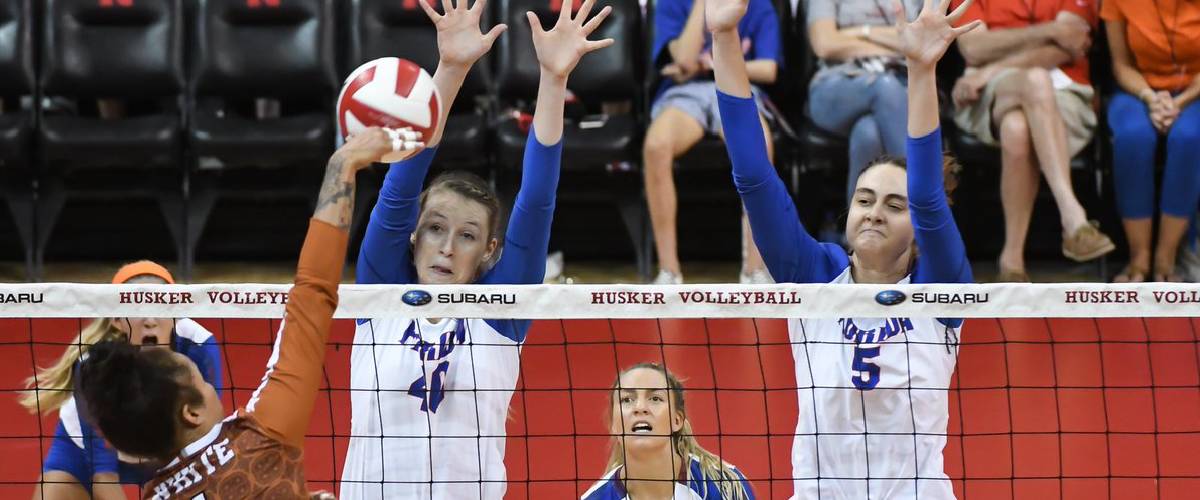
Patenting In The Field Of Kick-Volleyball Training
Who would have thought that getting a patent approved in the field of sports will be so simple? But the surprising truth is that it is Easy to get a Patent, especially if it is for a volleyball training device. In this article, we pick up three granted patents in the field to help understand what type of inventions are being given protected rights.
Invention 1:
Inventor: Dennis Herbert Keller
Date Of Application: 30-8-1974
Date of Grant:5-8-1975
Date of Expiry:23-6-2019
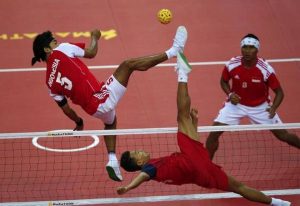 Introduction: The patent was given to a gadget that assists during the training of volleyball players. It helps learn the art and defence of spiking, an essential play in the game.
Introduction: The patent was given to a gadget that assists during the training of volleyball players. It helps learn the art and defence of spiking, an essential play in the game.
Device: It is a holder for a volleyball that is located near the rebound surface or the net. It is kept at selected elevations. Through the holder, a player can drive the ball (even with high energy) over the net and into section demarcated for the opposing team. This can be done by running, jumping, and striking the ball. The rebounder part of the device ricochets a spiked ball in a random direction.
More Training Devices That Have Been Patented In Volleyball
Invention 2:
Inventor: Jason Nathaniel Jones and Thomas Michael Snoddy
Date Of Application: 22-12-2010
Date of Grant:2-12-2013
Date of Expiry: 2-8-2031
Introduction: It is a spike training system that consists of a ball holder and a net. The net is optional. The holder has a wheeled chassis which supports a vertical stanchion. The stanchion projects upwards and supports a hopper plus an apparatus that feeds the balls. There is also a crank system for adjusting telescoped segments of the stanchion.
Device: A ball drops from the hopper; it travels down an inclined ramp and moves towards a discharge throat. The ramp has two hands to receive and temporarily hold the balls. One of the hands is fixed and the other pivots to control the indexing lever in the device. As one ball is shot, the next one is released from the indexing lever to drop down in between the hands.
Invention 3:
Inventor: John D. Brooks
Date Of Application: 20-8-1996
Date of Grant: 7-10-1997
Date of Expiry: 23-6-2019
Introduction: At times, it is desirable to be able to play a game of volleyball in which there are more than two 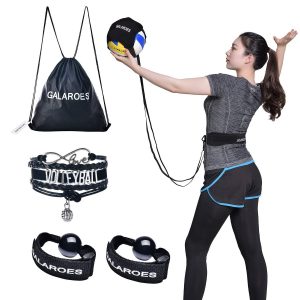 teams. The aim is not only playing a novel game but also adjusting any additional players. The game is played using the same conventional rules where one side has to hit the ball over the net and into the territory of the other two teams.
teams. The aim is not only playing a novel game but also adjusting any additional players. The game is played using the same conventional rules where one side has to hit the ball over the net and into the territory of the other two teams.
Device: The apparatus has a centre pole from which a 2nd and 3rd net extend out and attach to end poles. The centre pole is extensible while the end poles come with slidable collars to change the height of the net. A circular playing area is marked by making a boundary line between the end poles. Three equal sections of the playing surface are marked as the territory of each team.
Why The Need Of These Patents?
The reason for the third invention and the patent is self-evident. It allows people to make more than two teams and enjoy a game of volleyball. The other two patents were easy to get and needed because they help in practicing spiking. The play of spiking is not only the most crucial in the sport; it is also the most interesting. Furthermore, because of the coordination, it necessitates, it is also the toughest move in the game and thus requires a lot of practice. To know more on patenting, check here.
Any device that aids in increasing speaking proficiency of players is seen as heaven sent. Both the devices explained in patent 1 and 2 help achieve this goal. They support a volleyball player to reach the level of skill and coordination required to be good at spiking — both help in practicing spike shots and therefore is of indispensable value.

